I wanted to compare a well-regarded analog-tuned radio against modern DSP radios and the Sangean ATS-909 fits that bill.
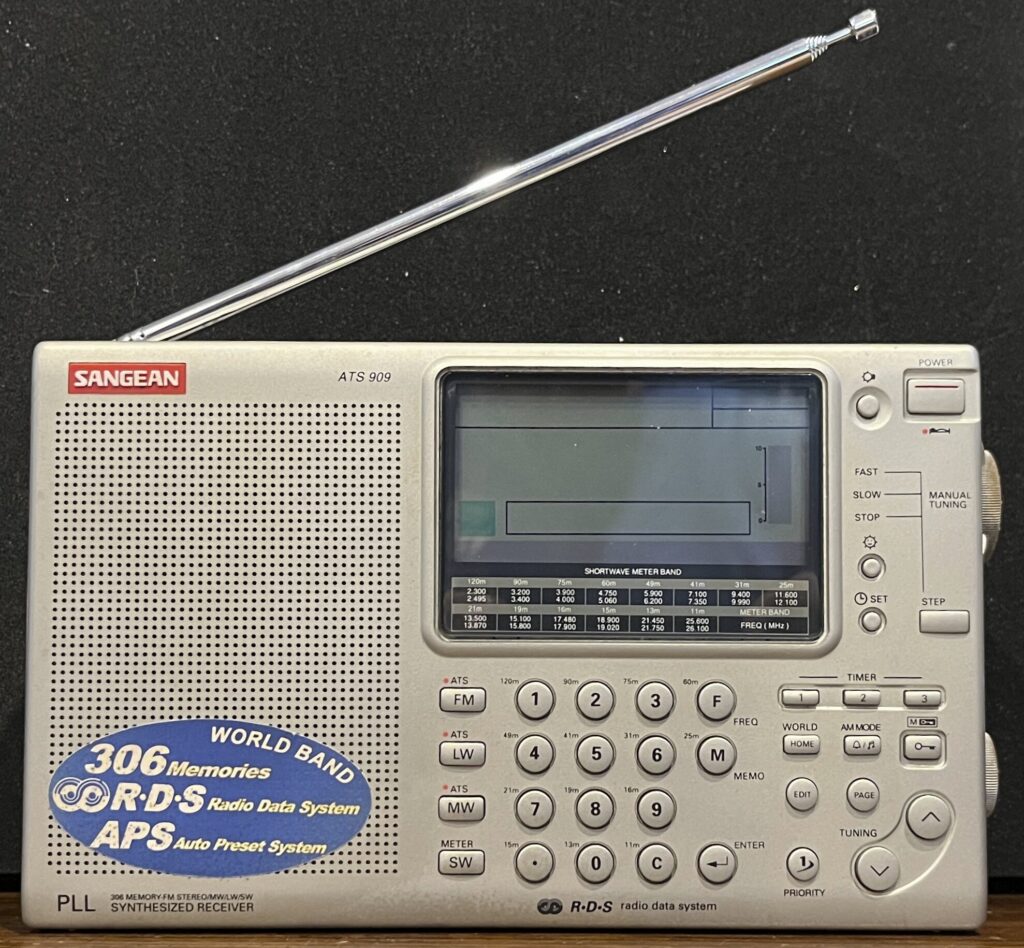
I wanted to compare a well-regarded analog-tuned radio against modern DSP radios and the Sangean ATS-909 fits that bill.

My new old stock KA1101 has arrived from eBay seller detroitmetromart, and I was excited to get into the box.
Despite the radio being 20 years old, it really was new old stock and looked like it had just come from the factory. The case was flawless, the display crystal clear, and the radio worked just fine.
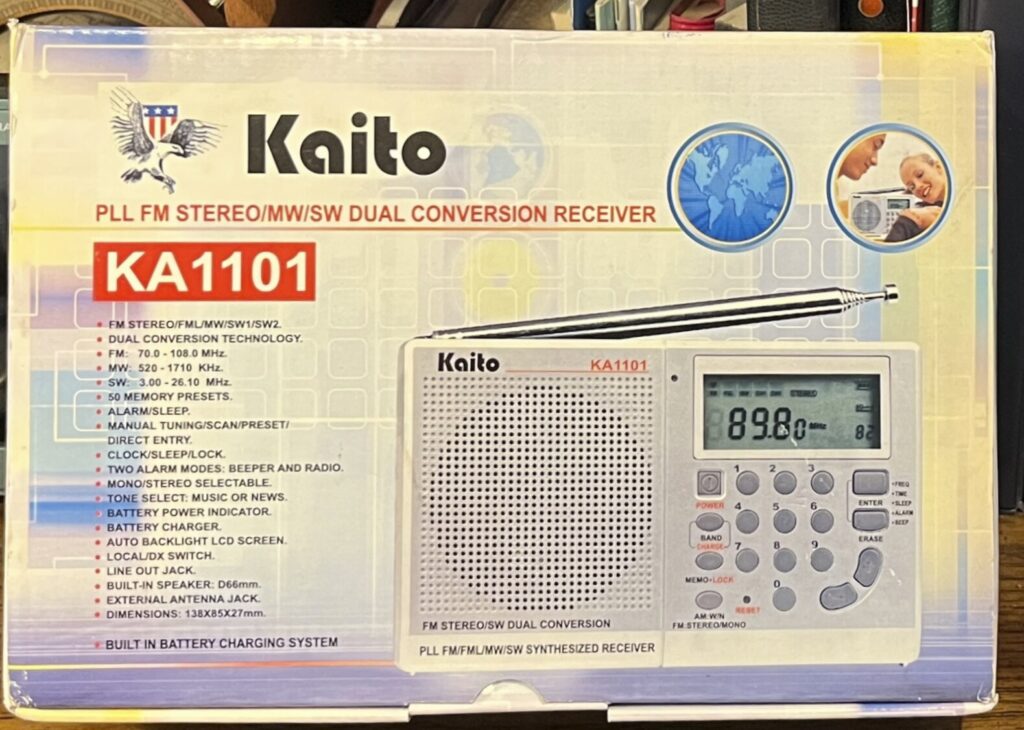
I have fun comparing radios. I have some “reference” stations like CFRX in Toronto, WWV and CHU that I like to use. I band scan on MW and FM at midday and count the number of stations received. It’s not rigorous and sometimes results aren’t repeatable, particularly on shortwave.
My AI friend 🤖 linked to a video about using a signal generator to test radio sensitivity. It was mostly a review of the signal generator pictured below, and the video wasn’t terribly insightful, but it did set me to thinking about how I test radios and how at the end of so many comparison posts I don’t reach a conclusion. I’m plagued by varying signal levels and background noise.
I have a big comparison in the works between a modern and some older analog PLL radios, and it could really use some help. So enter:
Continue readingLike a fish tempted by a juicy worm, eBay dropped this radio onto my front page and I was hooked.
It is a dual conversion superhet radio, as is the other current incoming radio, a Sangean ATS-909. This appears to be new old stock. It boosts my PLL analog radio options and fills out the list for the upcoming dueling-radios review.

I’ve always had a soft spot for Degen/Kaito radios — compact, easy to use. This is just a radio I want to hug.
Continue readingNo, not some shiny new toy from AliExpress, but something from the “old days.” The Sangean ATS-909 is an analog radio first introduced in 1996, available until roughly 2011 when the DSP-based ATS-909X was introduced . Read more at The Radio Museum. It’s quite respected still.

The ATS-909 was originally priced at $250 retail, which would be the equivalent, with inflation, of about $512 today in 2025. I snagged this one for $65 plus shipping from an eBay seller with 100% satisfaction. The photos show it in very good cosmetic condition (likely because it was stored in its original case). It doesn’t include a manual, power adapter nor the Sangean ANT-60 external antenna originally included. The manual was trivial to find online. The radio uses 4 AA batteries.
Continue readingAmanda Dawn Christie is a Canadian artist who has created a series of works called Requiem for Radio. It reflects on the end of Radio Canada International. Others in the series have used the HAARP transmitters to create images that appeared in SDR waterfall displays. The work presented July 25 and 26, Full Quiet Flutter, is wholly audio.
Five shortwave transmitters carried different tracks of the broadcast. I brought 5 fine radios to receive the work:
| Station | Frequency | Radio |
|---|---|---|
| WBCQ, Maine, USA | 7490 kHz | XHDATA D-808 |
| WRMI, Florida, USA, | 9395 kHz | Tecsun PL-990 |
| WWCR, Tennessee, USA | 9980 kHz | Qodosen DX-0286 |
| TDF, Issoudun, France | 15770 kHz | Eton Elite Executive |
| TDF, Issoudun, France | 21600 kHz | Tecsun PL-660 |
The one hour broadcast was from 20:00 to 2100 UTC. I was listening to the it at the same time as the Official SWL Channel Live Show. It’s hard to describe the emotional experience between chatting with friends with ethereal music mixed in with CW and even Brother Stair.
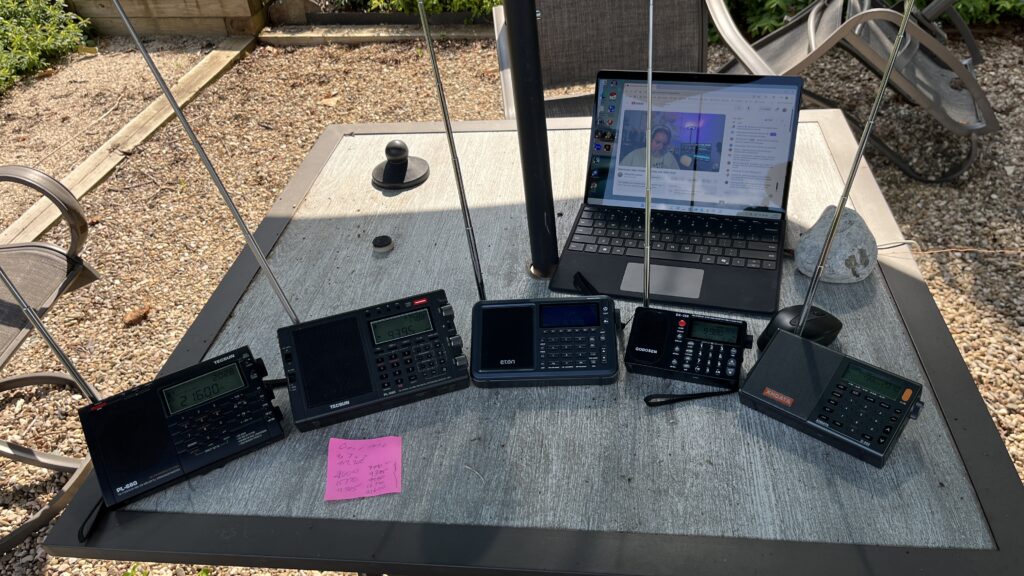
Below are some brief videos I took, and at the end of this blog entry the public video I posted on YouTube.
Reception improved over the hour with the best at the last.
I went down to Pleasant Grove Park this morning before 9AM local time to do a comparison between three radios — one small, one medium and one large.
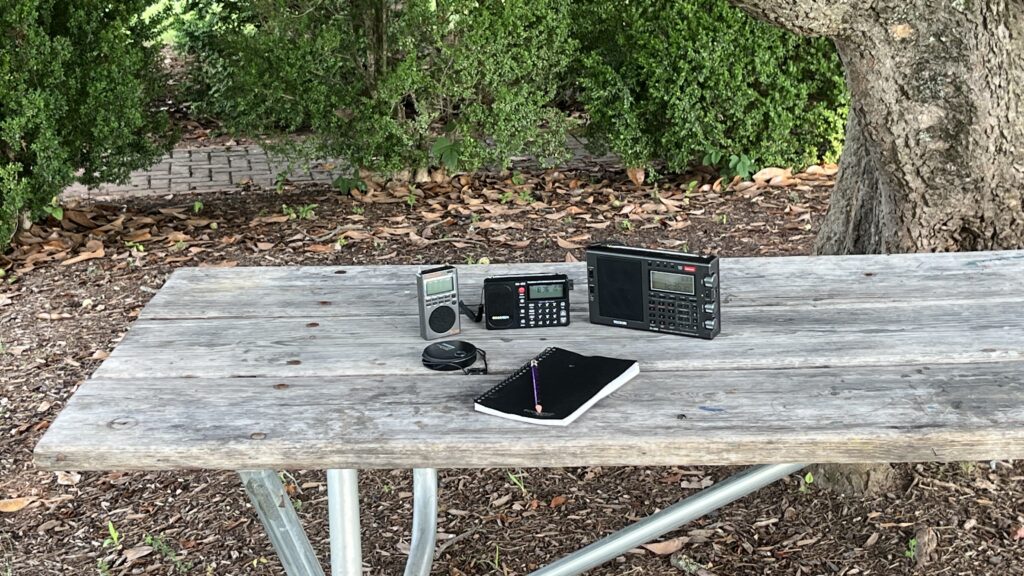
It promised to be a beautiful day as I looked off to the left to take in the scenery:
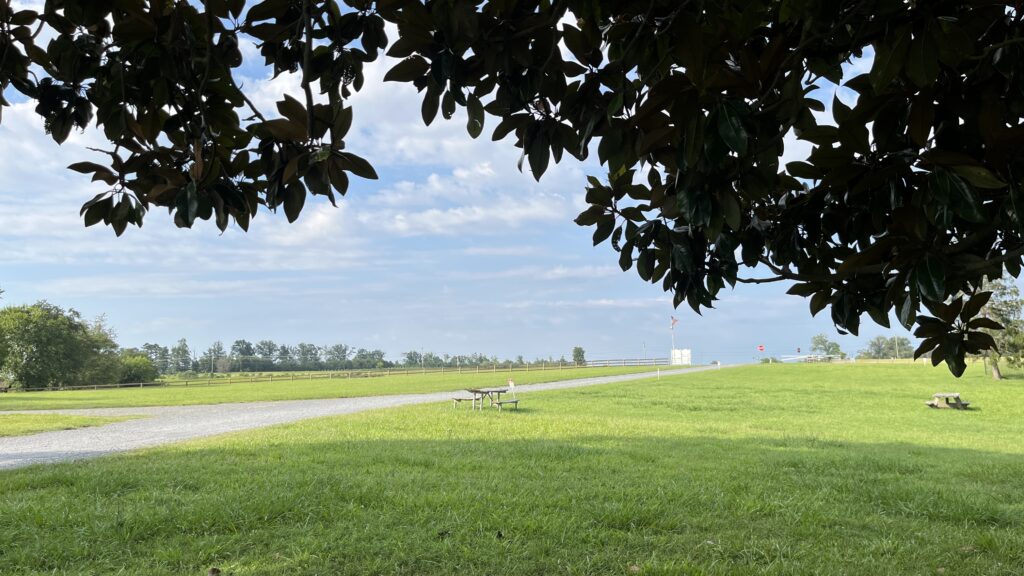
The plan was to do a shortwave band scan on each radio and record the results. I started with the Qodosen DX-286 because it scans fastest and does a great job of snagging stations; it’s my go to radio for finding out quickly what’s on. It finished its scan and I did record the results:
Before I could get set up for the next scan, a diligent county employee saw that same vast expanse of grass and decided it needed mowing. The noise excluded any further recording.
Still my interest in R. Habana on 6000 kHz was piqued and there was some strange music on 6000 kHz later (I think), so I headed home to try reception out on the patio with my Wire Up a Tree (WUP) antenna. I gathered up the radios and started down the stairs, only to hear my neighbor crank up their lawn mower. When the yard was done, they cranked up the gasoline-powered trimmer and went to work. When that was done, my neighbor on the other side started banging on some metal. At least I got some weeding done myself. By the time silence returned, it was hours later and the morning listening time was lost.